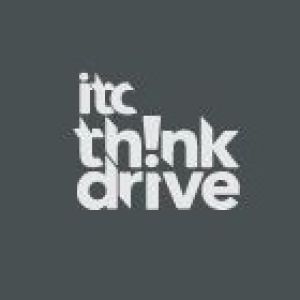KWL Chart and Y Chart; Benefits Both Teachers and StudentsPosted by Louise Brooks on December 7th, 2022 Our personal and professional lives are becoming more and more reliant on digital tools and platforms. Digital learning and resources broaden students' access to education and information while equipping them with skills and mentalities that will help them succeed now and in the future. Due to the expansion of technology in schools, more teachers and students than ever before are utilising digital learning tools. Digital learning tools should support teachers in their instruction and assist students in understanding and putting key concepts into practise. Many of these tools simplify lesson preparation and organisation, increase student involvement in class debates, and promote efficient teacher-student and caregiver communication. Are you a teacher or a student? and wish to have highly effective teaching and learning tools? If yes, then your navigation is on the appropriate page. The KWL chart displays what students already know, what they desire to know, and what they have learned about a subject (L). How the KWL chart benefits students
How KWL benefits teachers
A Y Chart is a three-part graphic organiser that is used to describe three aspects of a subject that a student has learned.
How the Y chart benefits students
How Y chart benefits teachers
Itctinkdrive supports educators who want to inspire their pupils to reflect on who they are, think critically, explore their emotions, behave morally, and participate in civic life. It has developed advanced tools which is highly effective teaching-learning process. It offers you advanced methods and resources that can make the teaching-learning process cooperative, lively, and learner-centred. Like it? Share it!More by this author |


